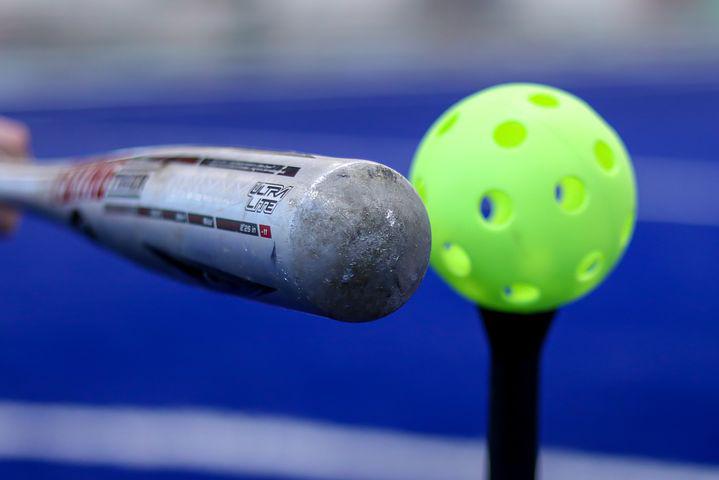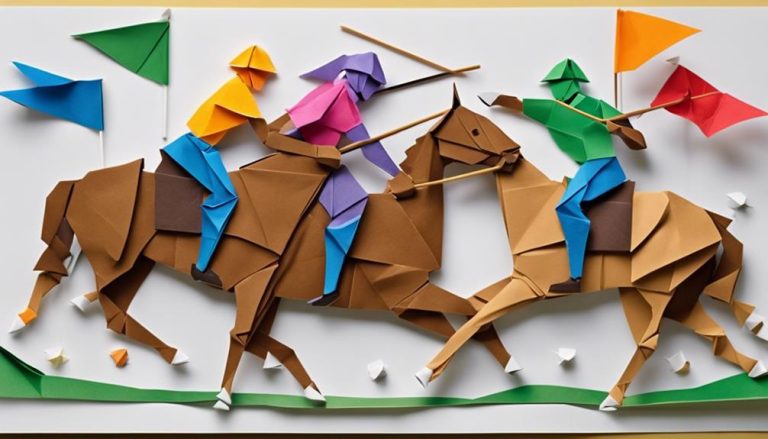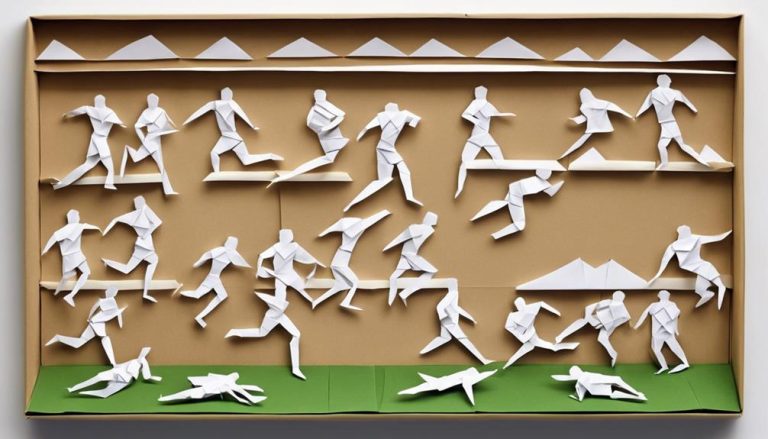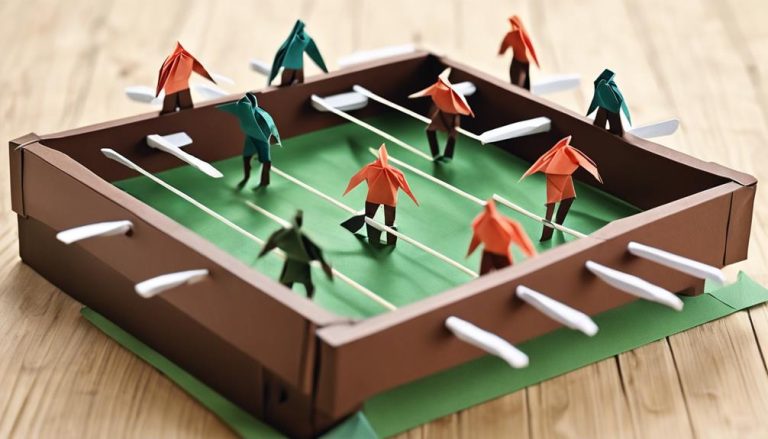General Rules of Orienteering Sport
Imagine yourself standing at the edge of a dense forest, map in hand, ready to commence on an adventure that will test both your physical prowess and mental acuity. As you step into the wilderness, the rules of orienteering sport become your guiding light, ensuring a fair and challenging competition for all participants. From equipment requirements to penalty systems, each aspect plays a vital role in determining your success in this exhilarating sport. But what exactly do these rules entail, and how can they impact your performance on the course?
Equipment Requirements
When participating in orienteering, you must have the necessary equipment. Proper equipment maintenance is vital for a successful and safe orienteering experience. Before heading out on a course, confirm that your compass is functioning correctly and that you have a map of the area you will be finding your way. Check your shoes for good grip and support, as terrain can be diverse and challenging. It is also essential to carry a whistle in case of emergencies, as well as some basic first aid supplies.
Safety precautions are paramount in orienteering. Always inform someone of your planned route and expected return time. Stay hydrated and carry extra water, especially on hot days or longer courses. Dress appropriately for the weather conditions, wear sunscreen, and consider insect repellent in areas prone to bugs. During the event, be mindful of your surroundings and fellow participants. Respect nature and wildlife, and follow any specific guidelines provided for the course.
Course Etiquette
When exploring an orienteering course, it's important to remember a few key points. Respect other participants by giving them space, stay on designated paths to preserve the integrity of the competition, and always follow event guidelines for a fair and enjoyable experience.
Respect Other Participants
To guarantee a smooth and enjoyable orienteering experience for all, it is important to demonstrate respect towards other participants by upholding course etiquette guidelines. Here are some essential tips to make sure sportsmanship and competition etiquette are upheld:
- Give Way: When passing others on narrow paths, yield to the participant heading uphill.
- Communicate: Use clear verbal or hand signals to indicate your intentions to fellow orienteers.
- Avoid Disturbances: Refrain from making loud noises or causing disruptions that may distract others.
- Help Others: If you see someone in need of assistance, offer help or alert event staff for support.
Stay on Designated Paths
Respecting other participants by maintaining proper course etiquette is foundational; now, let's focus on the importance of staying on designated paths during orienteering events. When engaging in wilderness adventures and route planning, sticking to designated paths is vital for both safety and fairness. Trail exploration and map reading are essential skills in orienteering, but straying off the designated paths can not only lead to disqualification but also disrupt the experience for others. By following the established routes, you not only guarantee a level playing field for all participants but also help preserve the natural environment. So, remember, during orienteering events, stay on the designated paths to make the most of your adventure while respecting the sport and fellow competitors.
Follow Event Guidelines
Guarantee adherence to event guidelines and course etiquette to enhance your orienteering experience and uphold the integrity of the sport. When participating in orienteering events, it's essential to remember the following:
- Event Safety: Prioritize safety by following all event safety protocols and guidelines to assure a secure and enjoyable experience.
- Participant Behavior: Respect fellow participants by maintaining positive and sportsmanlike behavior throughout the event.
- Rule Compliance: Familiarize yourself with and strictly adhere to all event rules to promote fair play and maintain the integrity of the sport.
- Logistical Planning: Plan ahead by understanding event logistics such as start times, course routes, and any specific event requirements to streamline your participation.
Start Procedure
When starting an orienteering race, make sure you are prepared mentally and physically for the challenges ahead. Timing accuracy and start line coordination are critical aspects of the start procedure. Arrive early to make sure your timing chip is working correctly and sync it with the start clock. Familiarize yourself with the start line layout and listen attentively to any pre-race instructions.
Participant readiness is key. Make sure you have all necessary gear such as a map, compass, and whistle. Mentally prepare yourself for the course ahead. Stay focused and visualize your route to the first control point. Take deep breaths to calm any pre-race nerves and boost your confidence.
Course familiarity is essential for a successful start. Study the map beforehand to understand the terrain and the control locations. Plan your initial route to optimize efficiency and minimize time lost. Be aware of any out-of-bounds areas near the start line to avoid penalties.
As you approach the start line, maintain your composure. Stay relaxed but focused. Listen for your start time and be prepared to begin promptly. Remember, a strong start can set the tone for a successful race. Trust your preparation and embrace the adventure that lies ahead.
Control Point Protocol
Alright, let's talk about the points in the Control Point Protocol. These include the Checkpoint Verification Process, Punching Card Procedure, and Correct Flag Identification. Understanding these elements is important for successfully exploring an orienteering course.
Checkpoint Verification Process
During the orienteering sport event, participants must adhere to the Control Point Protocol for checkpoint verification. Ensuring checkpoint accuracy is vital for a fair competition. Here's how the verification process works:
- Approach the Control Point: Run or navigate to the designated location marked on your map.
- Check the Control Code: Each checkpoint has a unique code; verify it matches the one on your orienteering card.
- Use the Punching Device: Insert your card into the punching device at the control point.
- Hear the Confirmation Sound: After punching your card, listen for the confirmation sound to make sure successful verification.
Punching Card Procedure
As you reach the control point, the Punching Card Procedure becomes essential for verifying your progress in the orienteering sport event. Card management is vital; make sure you punch the correct box on your card corresponding to the control point you've reached. Timing accuracy is key; make certain to insert your card fully into the punching device to register your visit accurately. Keep your punching card safe and easily accessible during the race to expedite the process at each control point. Remember, maintaining precision in punching your card will reflect your true progress and performance in the orienteering course. By mastering the Punching Card Procedure, you enhance your overall orienteering experience and ensure fair play in the sport.
Correct Flag Identification
To guarantee accurate navigation in orienteering, correctly identifying the flag at each control point is essential for your progress and success in the sport. Here are some tips to enhance your flag recognition and navigation skills:
- Study the control descriptions provided before the race.
- Pay attention to the unique features of each control flag, such as color or symbol.
- Approach the control point from the direction that matches your map.
- Double-check the control code to confirm you are at the correct flag.
Timing Regulations
Ensuring accurate timing is important in orienteering races to track participants' progress and determine their final results efficiently. Race timing and scoring are vital aspects of orienteering competitions. In this sport, timing regulations are typically managed through electronic timing systems or manual timing methods.
Electronic timing systems have become the standard in orienteering events due to their precision and efficiency. Participants carry electronic cards that they use to register at each control point, allowing for accurate tracking of their route and overall time. These systems also enable instant result calculations, providing real-time feedback to both competitors and event organizers. Electronic timing not only enhances the accuracy of results but also adds a layer of security to the race, ensuring that each participant's performance is correctly recorded.
On the other hand, manual timing methods involve race officials recording each participant's passage at control points using traditional timekeeping devices. While manual timing may lack the speed and precision of electronic systems, it is still a reliable backup option in case of technical failures or in remote areas where electronic infrastructure is limited.
Whether through electronic timing or manual timing, the primary goal remains the same – to accurately measure participants' performance and guarantee fair competition in orienteering races. By adhering to timing regulations, orienteering events can run smoothly and provide a fulfilling experience for all involved.
Navigation Techniques
Through conquering challenging terrains in orienteering requires mastering a variety of techniques to efficiently reach control points. When finding an orienteering course, keep these key techniques in mind:
- Compass Navigation: The compass is a essential tool for orienteering. Learn how to orient yourself using the compass, follow a bearing, and adjust for declination to stay on course accurately.
- Map Reading: Understanding orienteering maps is important. Study the legend, interpret contour lines to gauge elevation changes, and identify different types of terrain for effective finding.
- Landmark Recognition: Train your eyes to spot distinct features in the landscape that are represented on the map. Use prominent landmarks like boulders, cliffs, and distinctive trees to confirm your location along the route.
- Route Planning: Before starting the course, strategize your route to efficiently find through the checkpoints. Consider the distance, terrain challenges, and your skill level to determine the best path to take.
Penalty System
When participating in orienteering competitions, familiarize yourself with the penalty system to understand the consequences of any rule violations. The penalty system in orienteering is designed to guarantee fair play and maintain the integrity of the sport. It is important to adhere to the rules and regulations to uphold the spirit of orienteering.
To help you grasp the penalty system better, here is a breakdown of the consequences of cheating during an orienteering event:
| Violation | Penalty | Consequences |
|---|---|---|
| Missing Control Point | Disqualification | Inaccurate results and unfair advantage |
| Taking Shortcuts | Time Penalty | Unfair advantage over other competitors |
| Failure to Punch Controls | Point Deduction | Incorrect scoring and unfair rankings |
Frequently Asked Questions
Are There Any Age Restrictions for Participating in Orienteering Events?
You can join orienteering events regardless of age, but some competitions have specific age restrictions. Check the participation rules for each event. Embrace the challenge and enjoy the adventure of orienteering at any age!
Can Participants Use Electronic Devices or GPS During the Race?
Sure, you're totally welcome to bring your high-tech gadgets and GPS devices to an orienteering race. Because, you know, nothing screams fair competition and honing traditional navigation skills like relying on technology, right?
How Are Tiebreakers Determined in Orienteering Competitions?
In orienteering competitions, tiebreakers are determined by factors like fastest overall time or control point accuracy. Scoring systems may also consider additional checkpoints or penalties. Utilize strategic route choices and efficient navigation for tiebreaker success.
Are There Any Specific Rules Regarding Clothing or Gear That Must Be Worn During Races?
When racing in orienteering, wear clothing that's comfortable but consider the terrain and weather. Gear regulations typically involve a compass, whistle, and map holder. Stay safe, keep it light, and enjoy the adventure!
Is There a Limit to the Number of Participants Allowed on a Course at One Time?
When exploring an orienteering course, the number of participants allowed at once impacts group dynamics and course management. To avoid congestion, strategize your route carefully and consider the competitive strategy of timing your start.






